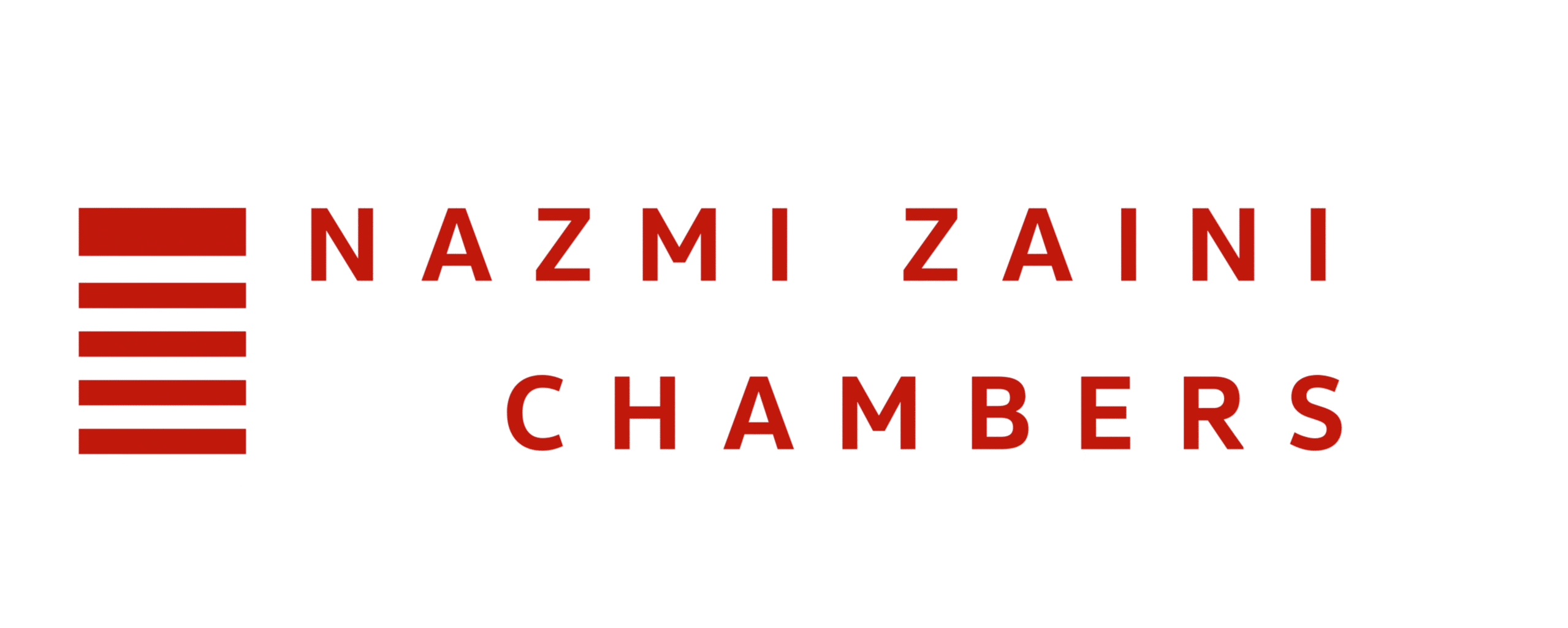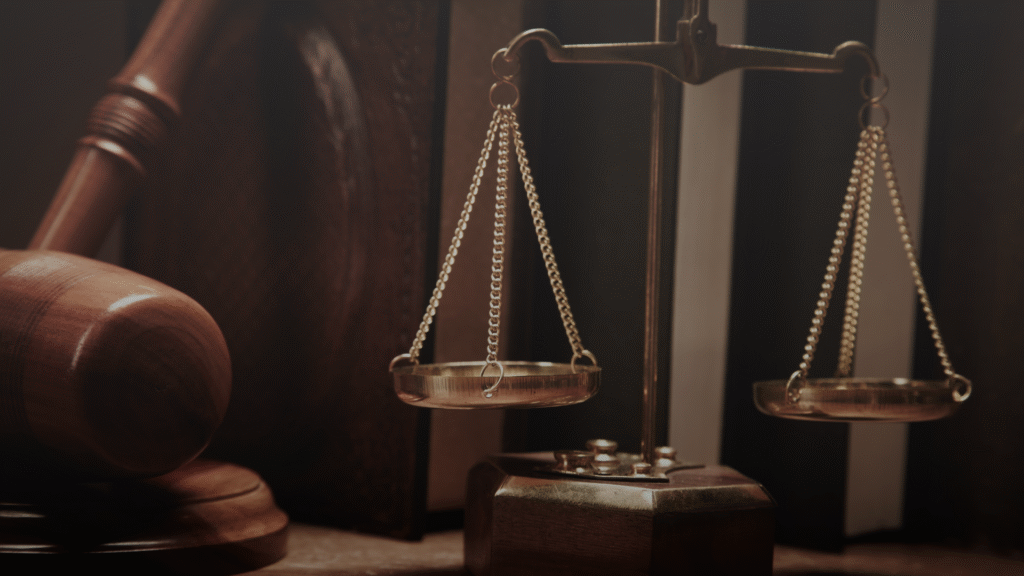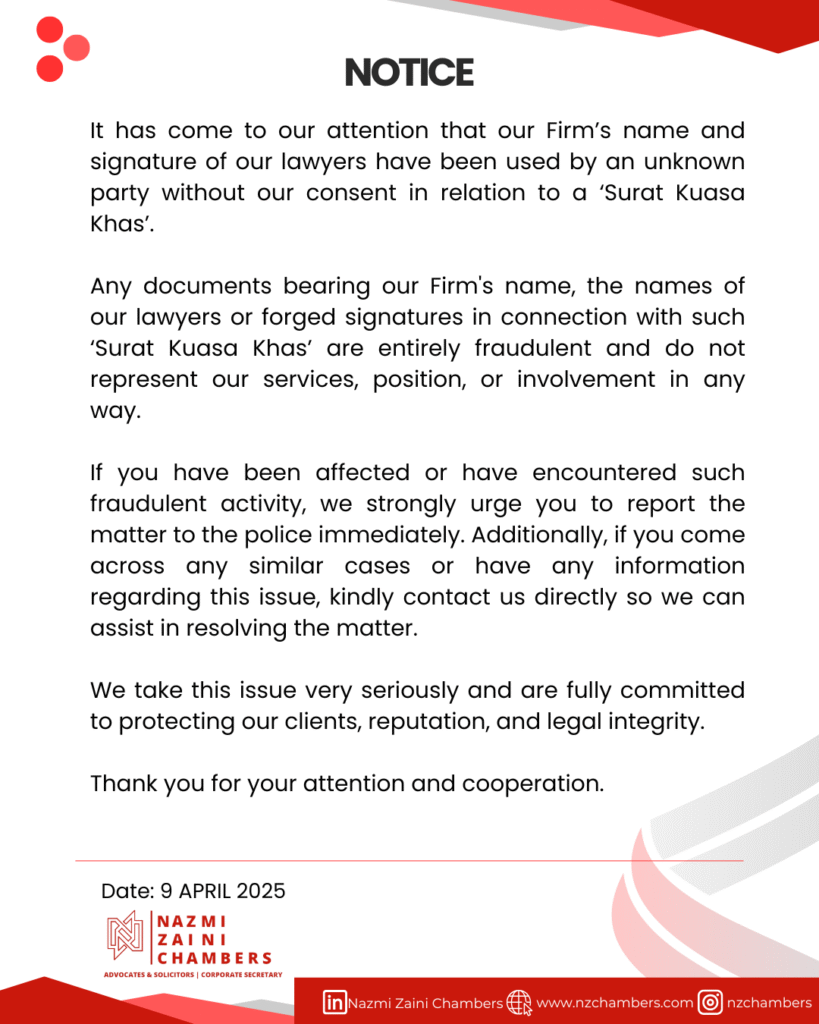The Concept of Derivative Action
The fundamental concept of corporate personality delineates a company as a legal person, separate from its members and directors. This means that a company possesses its own set of rights and obligations, enabling it to initiate legal actions and be subject to litigation independently. At the core of this doctrine lies the principle known as the proper plaintiff rule, famously articulated in the landmark case of Foss v Harbottle.[1]
The Malaysian Court recognizes the proper plaintiff rule. In Abdul Rahim bin Aki v Krubong Industrial Park (Melaka) Sdn Bhd & Ors, the Court of Appeal held[2]:
“It is based upon the doctrine that only he who has been injured may sue. Translated into company law, the proposition may be stated thus. If a wrong has been done to a company, then it is the company which is the proper plaintiff in an action brought to redress the injury. An individual shareholder or even a group of shareholders forming a minority on the floor of a general meeting of the company have no locus standi to bring an action to remedy a wrong done to a company.”
However, the application of the proper plaintiff rule can sometimes yield inequitable outcomes, thwarting the overarching goal of justice. Consider a scenario where the very individuals entrusted with steering the company—the directors—are implicator of the wrongdoing. Naturally, these directors would hardly consent to the company pursuing legal action against them. This predicament underscores the necessity for a legal mechanism to address such conflicts of interest.
Enter the derivative action—a procedural innovation born out of judicial necessity. Gopal Sri Ram JCA (as his Lordship then was) in Abdul Rahim bin Aki v Krubong discussed on the essence of derivative action in his judgment as follows: –
“It is the derivative action; an ingenious procedural device created by courts of equity; by which the rule of judicial non-interference is overcome. It is based upon the premise that the company which has been wronged is unable to sue because the wrongdoers are themselves in control of its decision-making organs and will not, for that reason, permit an action to be brought in its name. In these circumstances, a minority shareholder may bring an action on behalf of himself and all the other shareholders of the company, other than the defendants. The wrongdoers must be cited as defendants. So too must the company. The title to the action must reflect that the suit is being brought in a representative capacity. The statement of claim or other pleading filed in support of the originating process must disclose that it is a derivative action and recite the facts that make it so. Further, there must be an express statement in the pleading that the action is being brought for the benefit of the company named as a defendant. An action that does not meet these requirements is liable to be struck out as being frivolous and vexatious.”
This mechanism empowers shareholders to bring forth legal proceedings on behalf of the company when the directors fail to act in the company’s best interests or when they themselves are the alleged wrongdoers. Essentially, it allows shareholders to step into the shoes of the company and seek redress for grievances that affect the company’s interests, even in the face of resistance or reluctance from the incumbent directors.
Derivation of The Derivative : Companies Act 2016
It was in 2007. By way of Companies (Amendment) Act 2007, Section 181A to E were inserted into the then Companies Act 1965, laying down the foundational framework for the statutory derivative action, granting aggrieved parties the express legal right to bring action, defend, or intervene on behalf of the company. By this amendment, there are dual rights available for complainants to seek as common law derivative action was expressly retained under the law.
Subsequently, following the enactment of the Companies Act 2016, the statutory derivative action provisions were retained and codified under Section 347 and 348. However, the rights for common law derivative action are abrogated under Section 347.
The procedural requirements governing statutory derivative actions are delineated in Sections 347 and 348 of the Companies Act 2016, outlining the requisite steps for initiating such legal recourse including: –
a. Application for Leave: Prior to commencing a derivative action, the complainant must first seek leave from the court. This procedural prerequisite serves as a strict mechanism, allowing the court to assess the merit and validity of the proposed action prior to the commencement of the derivative action;
b. Written Notice to Directors: Section 348(2) of the Companies Act 2016 mandates that the complainant provide thirty (30) days’ written notice to the company’s directors, informing them of the intention to apply for leave to initiate a derivative action.
c. Good Faith and Best Interests: The complainant bears the onus of demonstrating two statutory elements: (1) acting in good faith and (2) prima facie evidence indicating that pursuing derivative action is in the best interests of the company.
Moreover, Section 345 of the Companies Act 2016 delineates the eligible categories of complainants who may initiate statutory derivative actions. These include registered members of the company, former members, as well as directors themselves.
Leave Requirement : The Complainant Acting In Good Faith
In the notable Court of Appeal decision in Celcom (M) Bhd v Mohd Shuaib Ishak[3], the requirements outlined in Section 181A of the Companies Act 1965 were deliberated upon, which remains relevant as it parallels Section 347 of the Companies Act 2016. The judgment establishes the criteria for statutory derivative actions post the introduction of Sections 181A-E. The Court of Appeal outlined a two-fold test for good faith: first, an honest belief on the part of the respondent, and second, the absence of any collateral purpose behind the application.
Additionally, the Singapore Court of Appeal in Ang Thiam Swee v Low Hian Chor[4] provides guidance on assessing the element of good faith, stressing its susceptibility to case-specific evaluation.
“[13] …[T]he court ought to assess the motivations of the applicant in order to determine whether he is acting in good faith. It ought to be emphasised, however, that the motivations of an applicant will only amount to a lack of good faith in so far as they go to show that “his judgment [has been] clouded by purely personal considerations” (see Pang Yong Hock at [20]). This creates a crucial link between the requirement of good faith in s 216A(3)(b) and the requirement in s 216A(3)(c), in that an applicant whose judgment is clouded by purely personal considerations may not honestly intend to serve the company’s interests, and also may not be the proper party to represent the company’s interests. As such, it is not the questionable motivations of the applicant per se which amount to bad faith; instead, bad faith may be established where these questionable motivations constitute a personal purpose which indicates that the company’s interests will not be served, ie, that s 216A(3)(c) will not be satisfied.”
Therefore, the examination of the complainant’s good faith will revolve around the underlying motivation and purpose of the intended derivative action. In the event that there is evidence to show that the complainant has an ulterior motive or a personal drive which are not in line with the company itself, demonstrating a lack of good faith, leave may not be granted.
Leave Requirement : The Best Interest of the Company
In a derivative proceeding, the ultimate beneficiary is the company itself, not the complainant. Therefore, it is essential to demonstrate that the action is prima facie in the best interest of the company. The test of the interest of the company can be found in the Singapore case of Pang Yong Hock and another v PKS Contracts Services Pte Ltd, in this passage[5]:
“Having established that an applicant is acting in good faith and that a claim appears genuine, the court must nevertheless weigh all the circumstances and decide whether the claim ought to be pursued. Whether the company stands ‘to gain substantially in money or in money’s worth’ … relates more to the issue of whether it is in the interests of the company to pursue the claim rather than whether the claim is meritorious or not. A $100 claim may be meritorious but it may not be expedient to commence an action for it. The company may have genuine commercial consideration for not wanting to pursue certain claims. Perhaps it does not want to damage a good, long-term, profitable relationship. It could also be that it does not wish to generate bad publicity for itself because of some important negotiations which are underway.”
In Tan Han Kwan & Ors v KSCH Property Sdn Bhd & Ors[6], the complainant sought leave for a derivative action against the directors due to alleged mismanagement. The Court ruled in favor of the complainant, determining that the proposed action would benefit the company financially.
The Abrogation of Common Law Derivative Action
The abrogation of common law right for derivative action is expressly stated in Section 347(3) of the Companies Act 2016 for the purpose of the clarity and certainty to the law[7]. Therefore, common law principles associated with derivative action cease to apply and the requirements to be met are as per stated in Section 347 and 348.
The statutory derivative action is clear on the dual requirements for leave. However, this is distinct from the principles in common law derivative action which relies on the exception to the rules in Foss v Harbottle, among others, are ‘fraud on minority’ and ‘wrongdoer control’.
The Federal Court in Dato’ Seri Timor Shah Rafiq v Nautilus Tug & Towage Sdn Bhd and another appeal[8] discussed the issue of whether the common law principles should be applied to the statutory derivative action. The Federal Court found that the common law principles of ‘fraud on minority’ and ‘wrongdoer control’ are not applicable for the purpose of requirement for commencing derivative action under Section 347 and 348. This is in line with the legislation intent to remedy the mischief by streamlining the legal procedure for derivative action.
Conclusion
Therefore, it is now clear and precise that the commencement of derivative action follows the statutory requirements and procedures as stated in the Companies Act 2016. Strict compliance with these requirements is mandatory.
If you have further questions or require assistance in navigating derivative action, please feel free to contact our Partner, Mr. Brandon Cheah (brandon@nzchambers.com) or Senior Associate, Mr. Azrul Haziq (azrul@nzchambers.com). Our seasoned team is dedicated to providing sound advice and support in navigating the intricacies of shareholders remedy.
Authors:
a. Brandon Cheah, Partner
b. Azrul Haziq, Senior Associate
References:
[1] (1843) 67 ER 189
[2] [1995] 3 MLJ 417 at 426
[3] [2011] 3 MLJ 636
[4] [2013] 2 SLR 340
[5] [2004 ] 3 SLR 1
[6] [2021] MLJU 1232
[7] See recommendation 2.41 and paragraph 13.02 of the Review of the Companies Act 1965 – Final Report by Corporate Law Reform Committee (CLRC)
[8] [2024] MLJU 496







